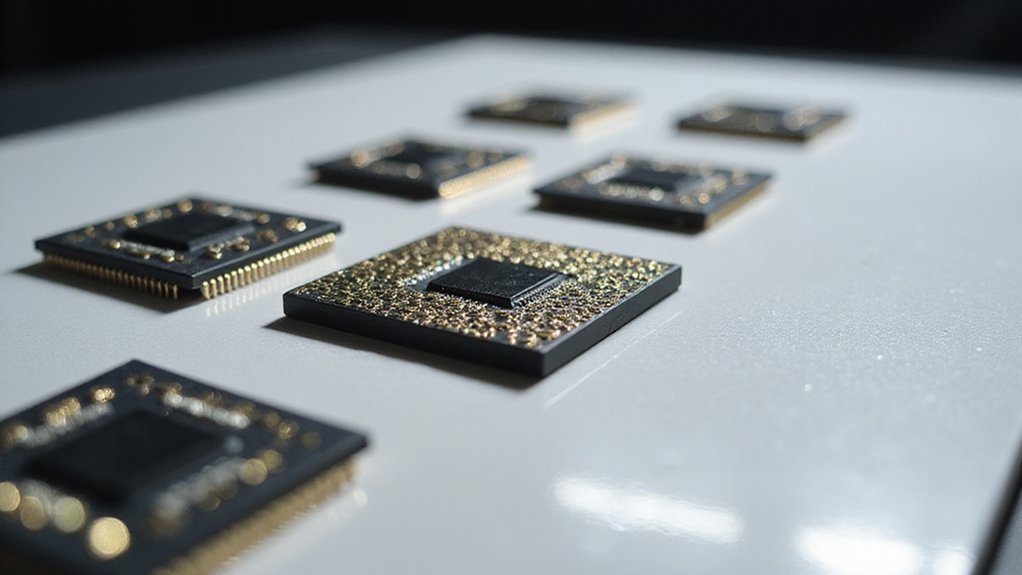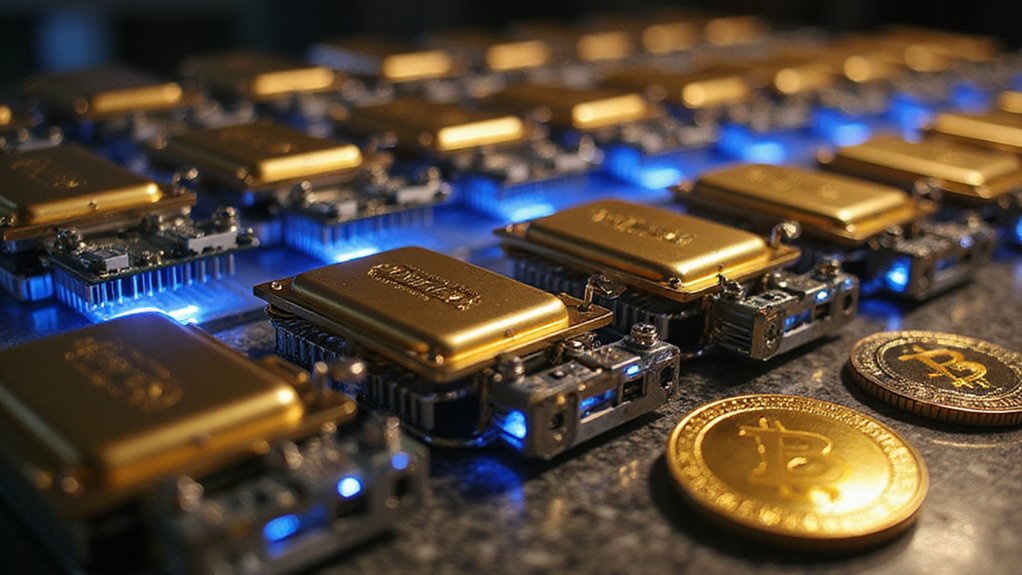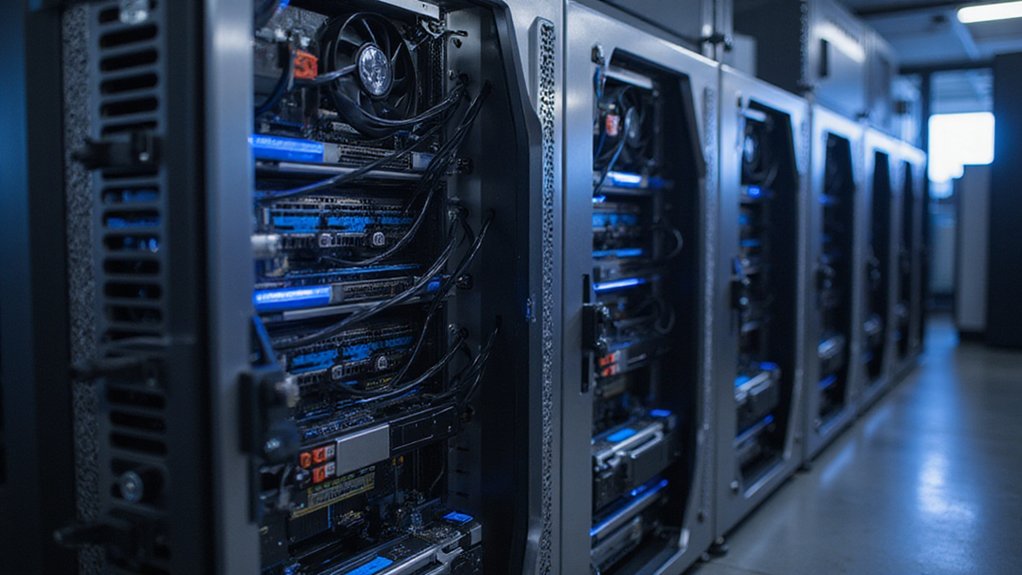The relentless march of silicon evolution has transformed Bitcoin mining from a hobbyist pursuit into an industrial arms race measured in nanometers and terahashes. Modern ASICs have shrunk from clunky behemoths to precision-engineered marvels operating at 7nm and 3nm process nodes, each chip capable of executing trillions of SHA-256 calculations per second while manufacturers obsess over every joule per terahash.
Current market leaders showcase this technological sophistication: Bitmain’s Antminer S21e XP Hyd delivers 860 TH/s at 13 J/TH efficiency (for a mere $17,210), while competitors like Auradine’s Teraflux AH3880 offer 600 TH/s at 14.5 J/TH. These specifications represent the culmination of years spent optimizing power consumption and hash rates—metrics that directly determine miner profitability in an ecosystem where electricity costs can make or break operations.
Block’s Proto team is attempting to disrupt this established order with their new 3nm mining chip and modular platform, promising something the industry has long lacked: democratization. Rather than simply chasing higher hash rates, Block focuses on accessibility and community engagement, incorporating miner feedback on reliability and procurement challenges that have historically favored deep-pocketed industrial operators.
The initiative includes approximately 15 EH/s of hash power through partnerships with Core Scientific, emphasizing sustainability through hardware component reuse and simplified data center integration. This modular approach contrasts sharply with traditional all-or-nothing mining rigs, potentially enabling smaller operators to access state-of-the-art silicon without requiring massive capital commitments. The availability of fresh ASICs from manufacturers like Block eliminates the labor-intensive process of salvaging chips from discarded mining equipment that previously limited community-driven projects. Mining operations have increasingly concentrated in regions with favorable energy costs as electricity consumption becomes the primary factor determining profitability.
Intel’s AXG Blockscale ASIC demonstrated similar modular thinking, delivering 580 GH/s per chip in compact 7.5 x 7mm packages that support up to 256-chip configurations. However, its 26 J/TH efficiency pales compared to current leaders, highlighting the challenge of balancing accessibility with performance. The institutional adoption of Bitcoin mining by Intel could contribute to increased market stability as major tech companies legitimize the sector.
Block’s open hardware philosophy echoes early personal computing standards that democratized technology access and sparked innovation proliferation. Whether this approach can meaningfully challenge established manufacturers like Bitmain remains uncertain, but the potential for DIY miners and startups to access previously exclusive silicon represents a fascinating experiment in mining hardware democratization—assuming efficiency metrics prove competitive in real-world deployments.








